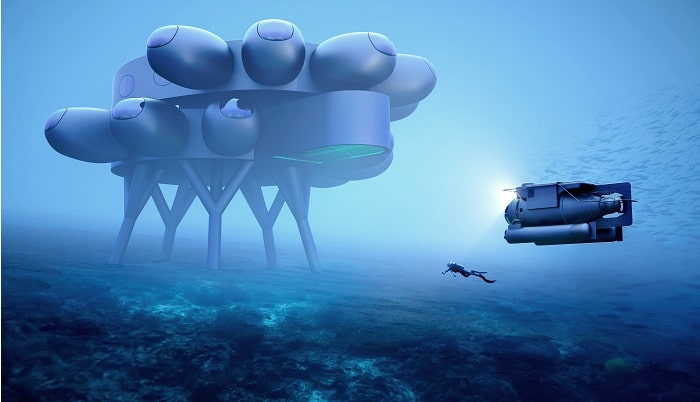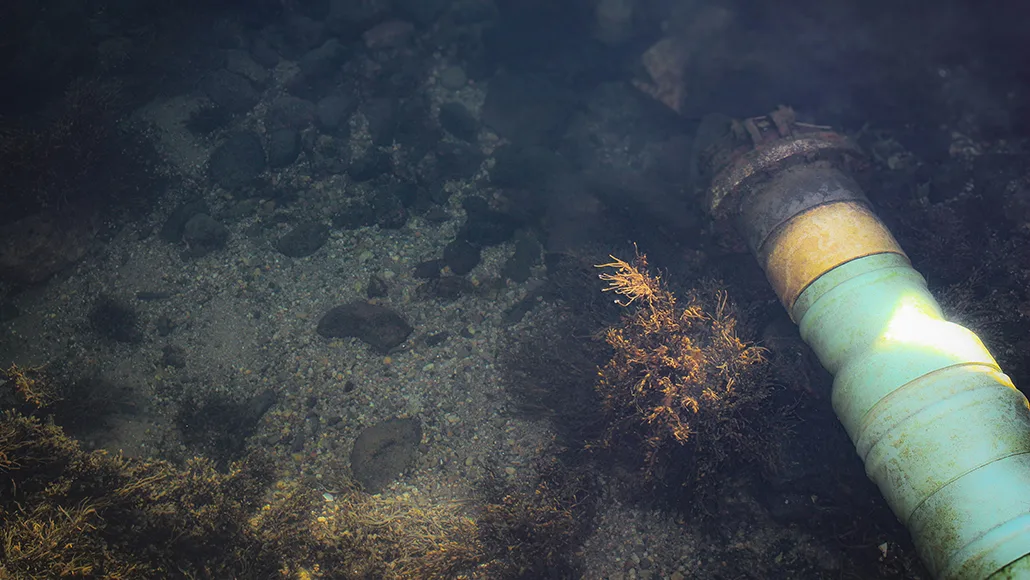The Engineering Marvels of Underwater Research Centres: A Deep Dive
Underwater research centres are among the most fascinating engineering achievements of our time. These submerged structures provide scientists with unparalleled access to the mysterious world beneath the waves, enabling long-term studies of marine life and environmental changes. Building and maintaining these centres, however, is no small feat. The engineering challenges posed by the ocean’s harsh […] The post The Engineering Marvels of Underwater Research Centres: A Deep Dive appeared first on World Construction Today.

Underwater research centres are among the most fascinating engineering achievements of our time. These submerged structures provide scientists with unparalleled access to the mysterious world beneath the waves, enabling long-term studies of marine life and environmental changes.
Building and maintaining these centres, however, is no small feat. The engineering challenges posed by the ocean’s harsh conditions require innovative solutions, pushing the boundaries of modern technology and materials science.
In this article, we’ll explore the engineering marvels that make underwater research centres possible, highlighting the extraordinary efforts and technologies involved in constructing and operating these advanced facilities.
The Challenges of Building Underwater Research Centres
Establishing a research centre under the sea involves overcoming numerous obstacles, such as extreme pressure, corrosive saltwater, limited energy resources, and complex communication needs. Each of these challenges demands specific engineering solutions:
1. Pressure Management: One of the primary concerns in underwater construction is dealing with the immense pressure exerted by water at different depths. The deeper the structure, the greater the pressure.
For example, at a depth of 1,000 metres (3,280 feet), the pressure is about 100 times greater than at the surface. This pressure can crush conventional materials, making the use of high-strength alloys, reinforced concrete, and specialised composites that are essential for structural integrity.
2. Material Selection: Materials used in underwater research centres must resist corrosion and remain durable under constant exposure to saltwater. Titanium, stainless steel, and advanced polymers are commonly used for exterior components. To further enhance durability, these materials are often coated with anti-corrosion layers and subjected to rigorous testing.
3. Energy Supply: Providing a reliable energy source to underwater research centres is a complex task. Engineers often rely on a combination of renewable energy technologies, such as tidal and wave power, along with advanced battery systems.
In some cases, energy is supplied from the surface through specialised cables. The goal is to ensure that the centre has a consistent power supply to support research equipment, life-support systems, and communication devices.
4. Life Support Systems: For underwater research centres that are designed to accommodate human occupants, life support systems are a critical consideration. These systems regulate air quality, manage CO2 levels, and provide a stable environment for researchers.
The development of the Sentinel System by DEEP allows scientists to live underwater without needing to resurface frequently, enabling continuous, real-time studies of marine environments. This system provides advanced life-support functions while offering the necessary infrastructure for researchers to operate efficiently under the sea.
5. Data Communication: Communication between the underwater centre and surface stations is essential for transmitting research data and ensuring the safety of personnel. Engineers use a combination of acoustic communication systems and fibre-optic cables to enable real-time data transmission.
Engineering Innovations in Underwater Research Centres
The construction of underwater research centres requires a blend of civil, mechanical, and environmental engineering. Recent advancements in these fields have led to several innovations:
- Self-Healing Materials: Engineers are exploring the use of self-healing materials for underwater structures. These materials can repair minor cracks and damage caused by pressure changes or accidental impacts, extending the lifespan of the research centres.
- Autonomous Maintenance Systems: Robotic systems are increasingly being used to perform routine maintenance and inspections. These autonomous systems can detect issues early and carry out minor repairs, reducing the need for human intervention and maintenance costs.
- Smart Habitat Technologies: The integration of artificial intelligence (AI) and machine learning (ML) into underwater research centres allows for smart habitat management. AI-driven systems can optimise resource usage, predict environmental changes, and adapt to unforeseen circumstances, making the research centres more resilient and self-sufficient.
Conclusion
The engineering marvels behind underwater research centres are a testament to human ingenuity and the drive to explore the unknown. From overcoming immense pressure to developing sustainable energy solutions, these centres represent the pinnacle of modern engineering.
With the support of systems, these facilities are poised to revolutionise our understanding of the ocean and contribute significantly to the conservation of marine life.
As we push the boundaries of what’s possible underwater, the engineering solutions developed for these research centres will also pave the way for advancements in other fields, including space exploration and renewable energy.
The future of underwater research is bright, and it’s only just beginning to reveal its full potential.
The post The Engineering Marvels of Underwater Research Centres: A Deep Dive appeared first on World Construction Today.

 machineryasia
machineryasia 






![[Job Story] Bobcat Fleet Constructing Italy’s Largest Agro-Photovoltaic Plants](https://www.heavyquipmag.com/wp-content/uploads/2025/12/bobcat-italy.jpg)
